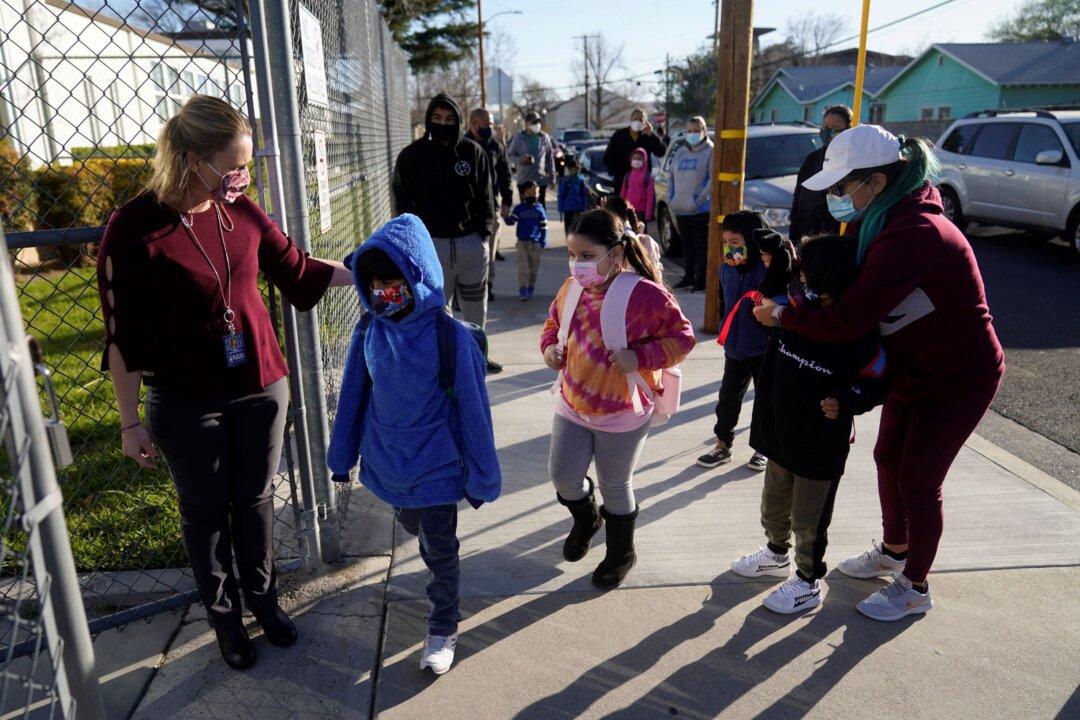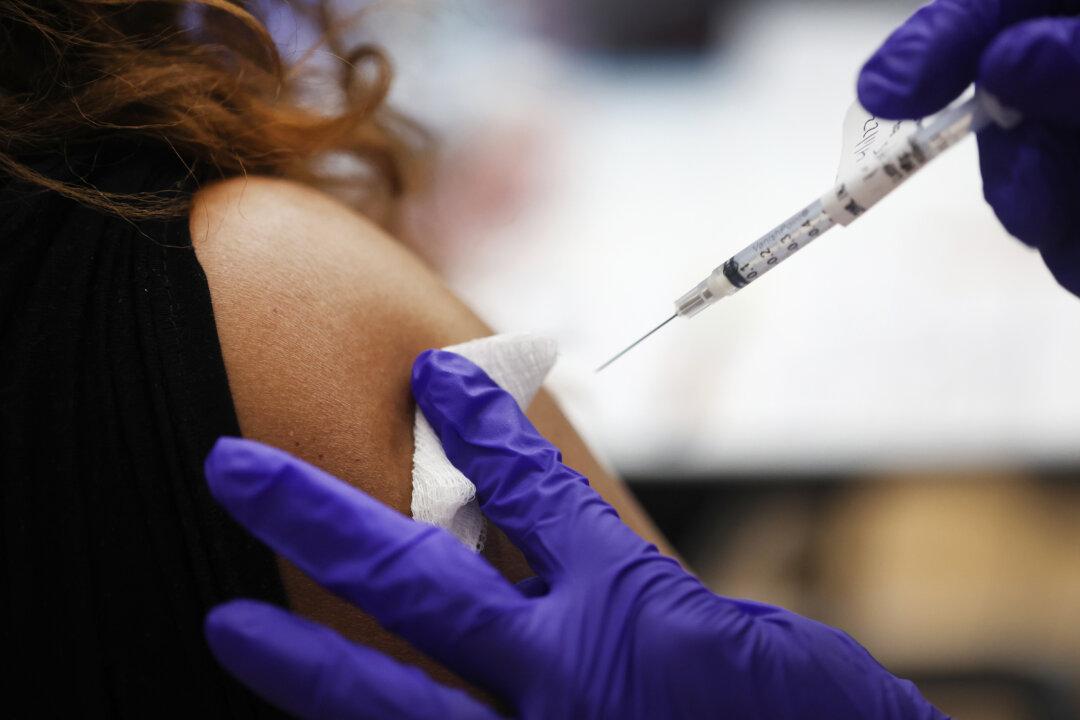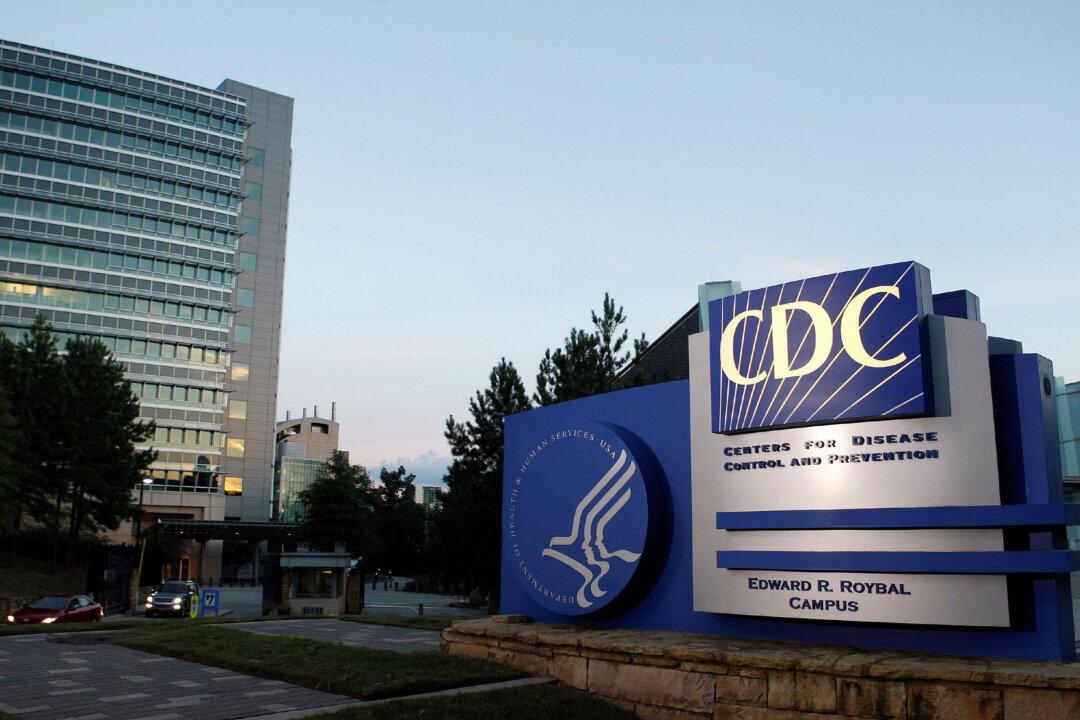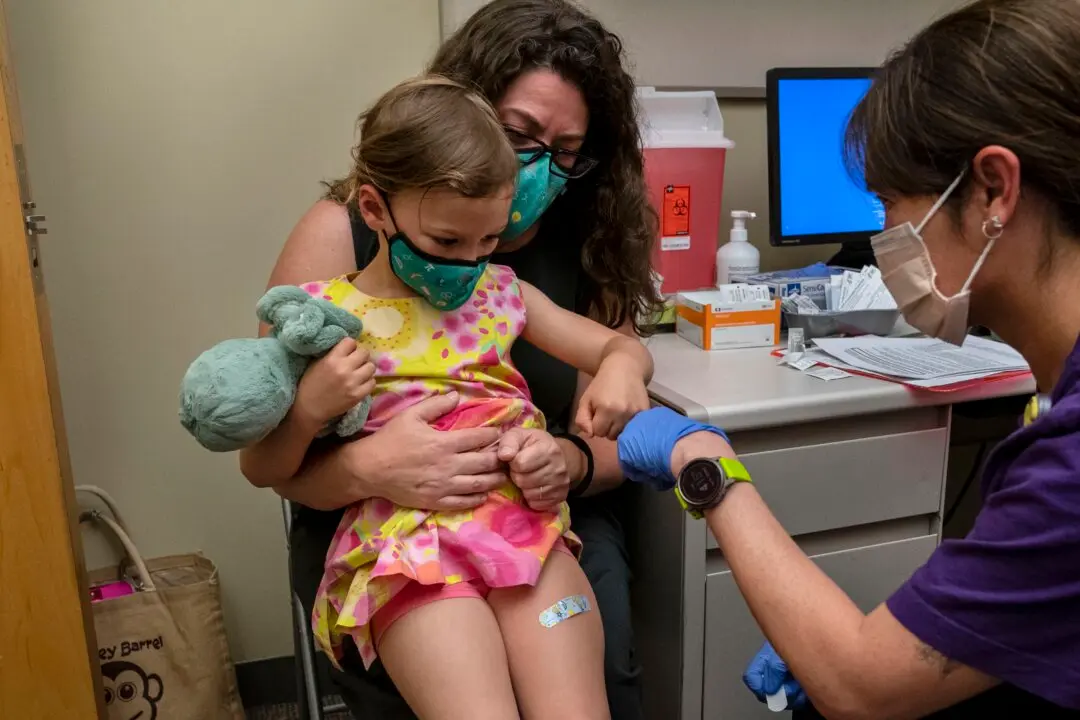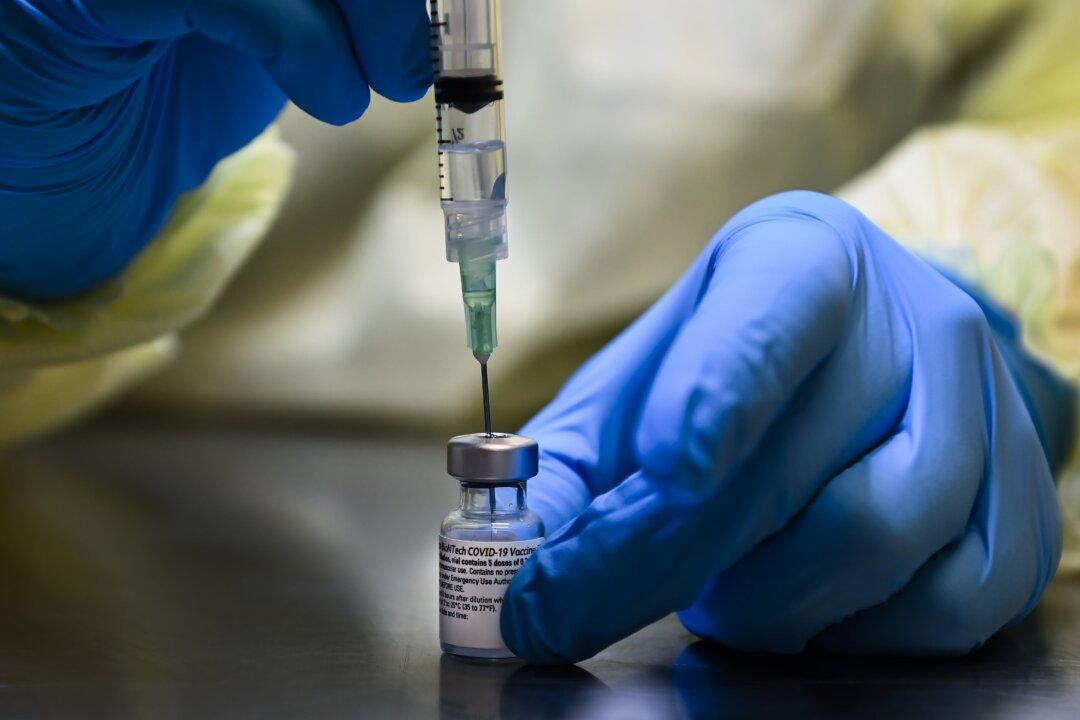The number of children hospitalized with COVID-19 may have been overcounted, according to a recent study published online in Hospital Pediatrics (pdf) on May 19.
Researchers at the Stanford University School of Medicine examined COVID-19 cases from Lucile Packard Children’s Hospital at Stanford for nine months between May 10, 2020, as the hospital began to test all of its inpatients for COVID-19, and Feb. 10, 2021.

